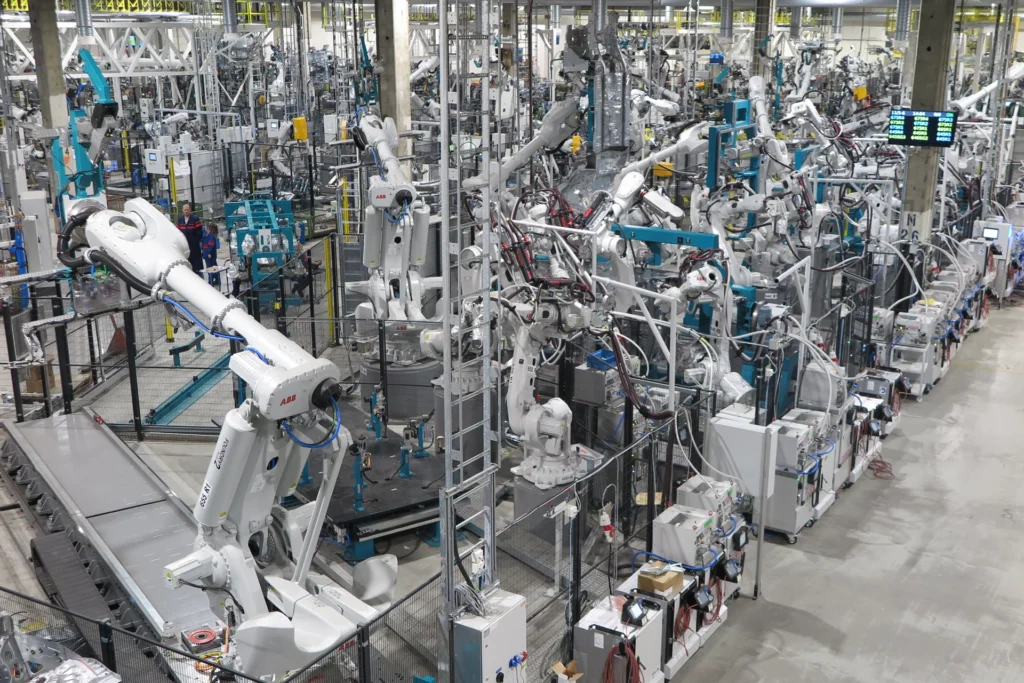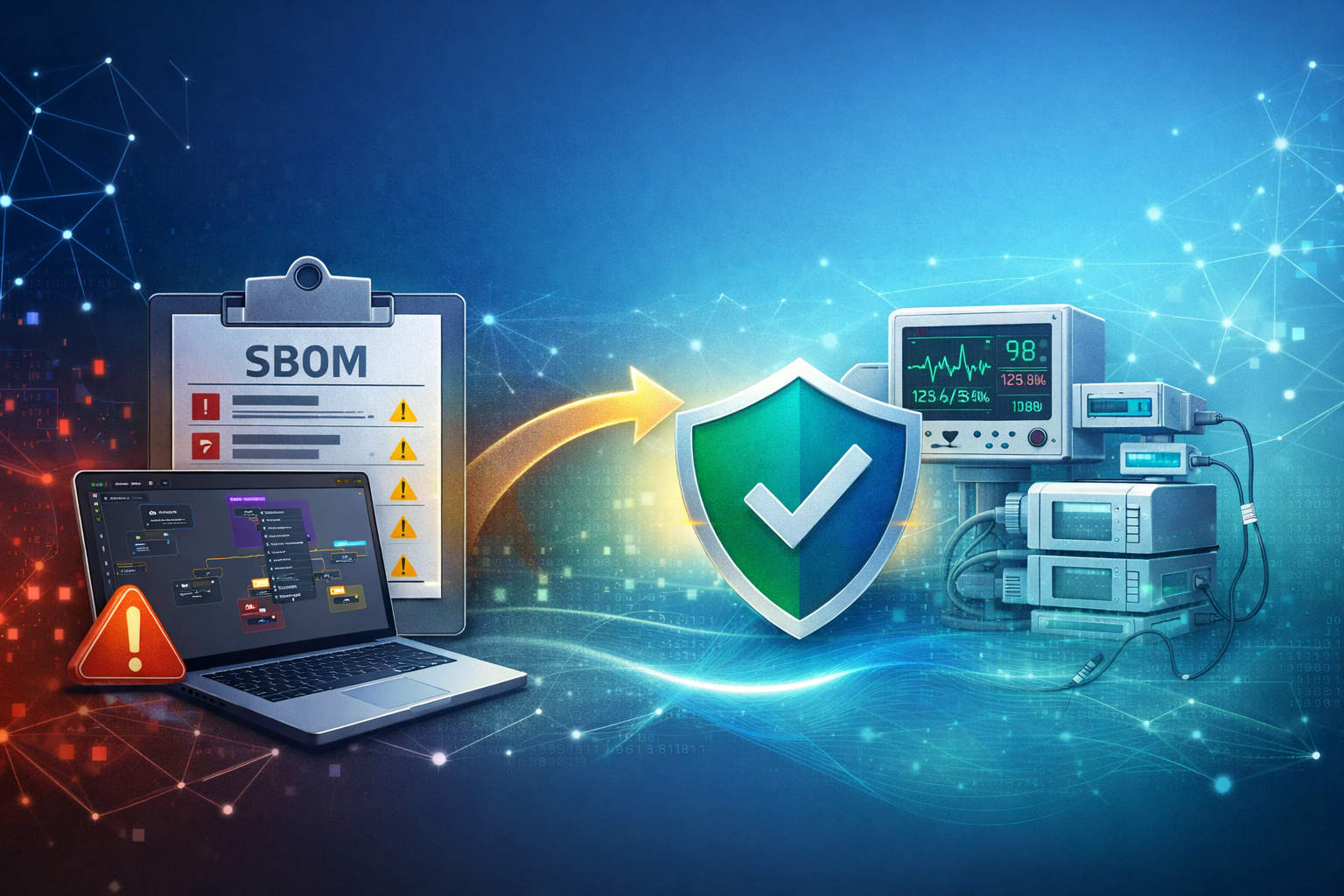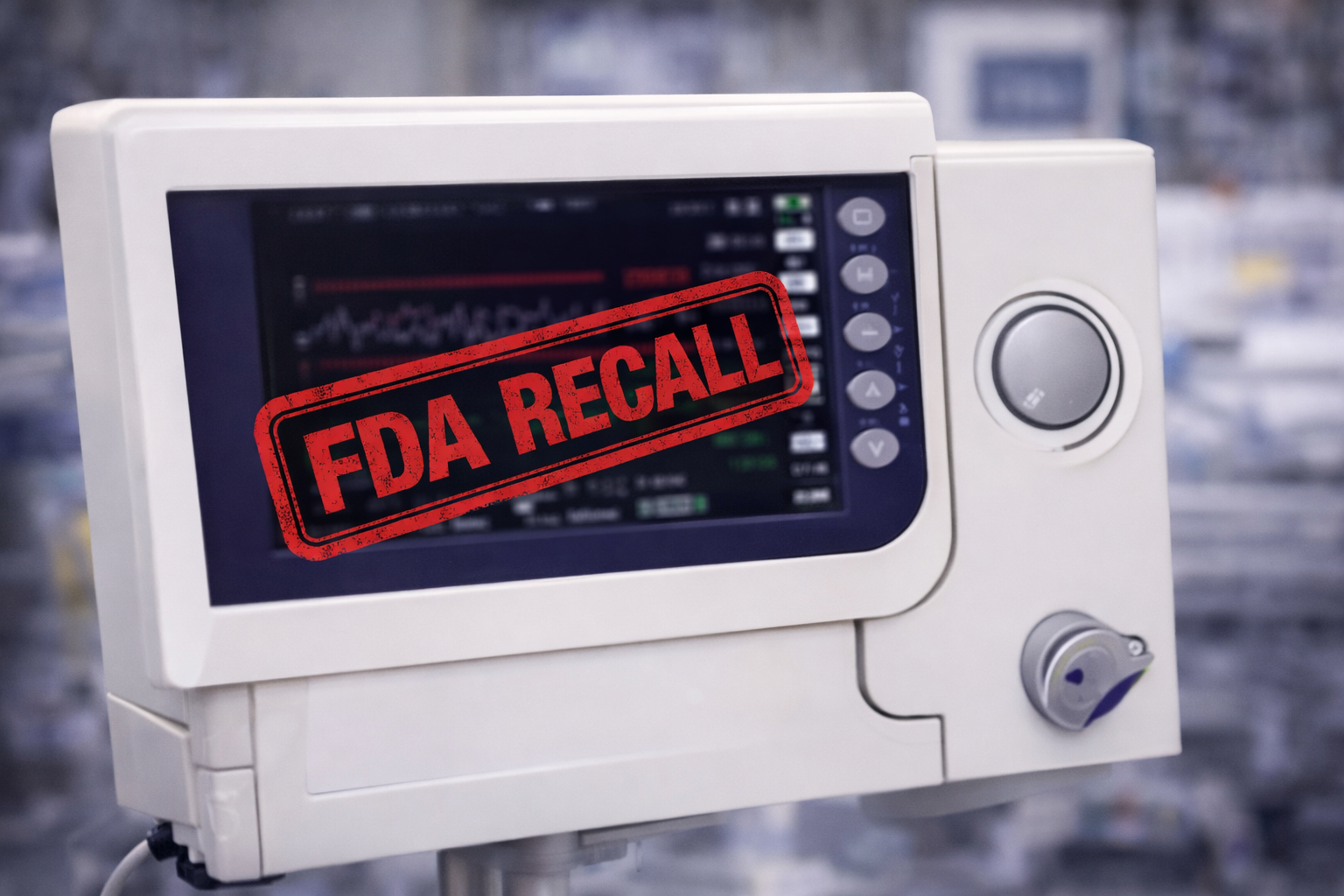Modern robotics systems are high-tech marvels with many functions connected to the internet. Thanks to advanced connectivity options (like 5G and satellite communications), robotics systems can operate seamlessly, even in remote locations. This connectivity allows for the implementation of innovative solutions and advanced technologies to enhance operational efficiency and functionality. However, the internet connectivity of these systems also exposes them to various cyber threats, making cybersecurity a top priority. Imagine a hacker gaining control over critical systems, potentially causing disruptions or catastrophic failures.
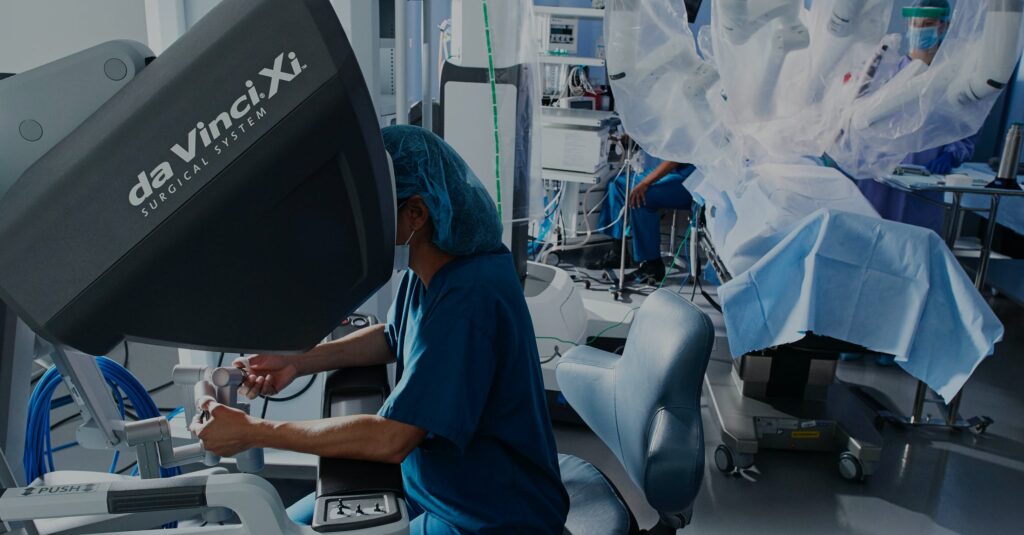
The robotics sector is unique in its challenges, as it intersects with various industries, and its applications are often critical. Robotic systems frequently operate in environments where both digital and physical safety are of utmost importance. For example:
- Healthcare Robotics: In healthcare, robots assist in surgeries, patient care, and medical transportation. Cybersecurity breaches could compromise patient safety, lead to data breaches, or even disrupt critical medical procedures.
- Manufacturing and Industrial Automation: In manufacturing, robots handle precision tasks. A cybersecurity incident could halt production lines, damage machinery, or compromise product quality.
- Logistics and Supply Chain: In logistics, robots are used for warehousing and delivery. Cyber threats could disrupt supply chains, leading to significant economic losses and delivery delays.
Given these diverse and high-stakes applications, the robotics sector must adhere to stringent cybersecurity standards to ensure digital and physical safety. Compliance with these standards is not just a regulatory requirement but a fundamental necessity to protect the integrity and reliability of robotic systems.
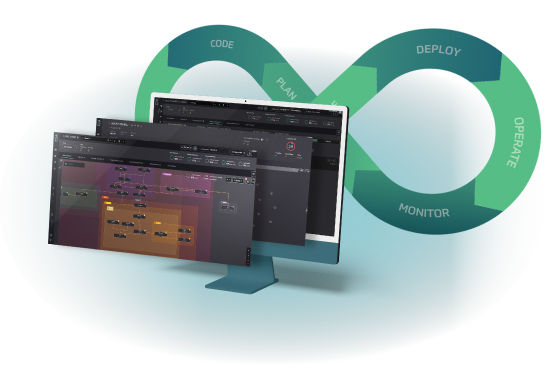
The Critical Role of DevSecOps Automation
DevSecOps automation is a critical factor in the cybersecurity of robotics systems. Here’s why:
- Continuous Integration and Deployment (CI/CD): Security automation ensures that security measures are integrated into every development and deployment phase. This reduces vulnerabilities and ensures that security is not an afterthought but a fundamental component of the development process.
- Rapid Detection and Response: Automated security tools can quickly detect and respond to threats, significantly reducing the time it takes to mitigate potential issues. This is essential in robotics, where downtime or delays can have severe operational impacts.
- Scalability: As robotics systems grow in complexity and scale, manual security measures become impractical. Automation allows for consistent and scalable security practices, ensuring that all systems, regardless of size, are adequately protected.
- Consistency and Reliability: Automated DevSecOps processes eliminate the risk of human error, ensuring that security measures are applied consistently across all systems. This reliability is crucial in maintaining the integrity and safety of robotics operations.
- Efficiency: Automated DevSecOps streamlines security operations, freeing valuable resources and allowing security teams to focus on more strategic tasks. This increases overall efficiency and effectiveness in managing cybersecurity risks.
Cybersecurity has never been more crucial in the rapidly advancing field of robotics. With the increasing integration of internet connectivity and smart devices, staying informed about the latest cybersecurity measures is essential to protect autonomous systems and ensure their safe and efficient operation. Automated threat response systems provide several benefits:
- Speed of Response: Automated systems can detect and respond to threats in real time, which is crucial in preventing or averting full-blown disasters.
- Minimized Impact: Quick response minimizes the impact of any incidents, preventing minor breaches from escalating into major problems.
- Elimination of Human Error: Automated systems reduce reliance on human intervention, minimizing the risk of errors and ensuring consistent and reliable threat mitigation.
Implementing robust cybersecurity strategies and adhering to industry-specific compliance standards will help mitigate risks and safeguard the future of robotics technology. DevSecOps automation further enhances these efforts by ensuring continuous, scalable, and reliable protection against evolving cyber threats.

